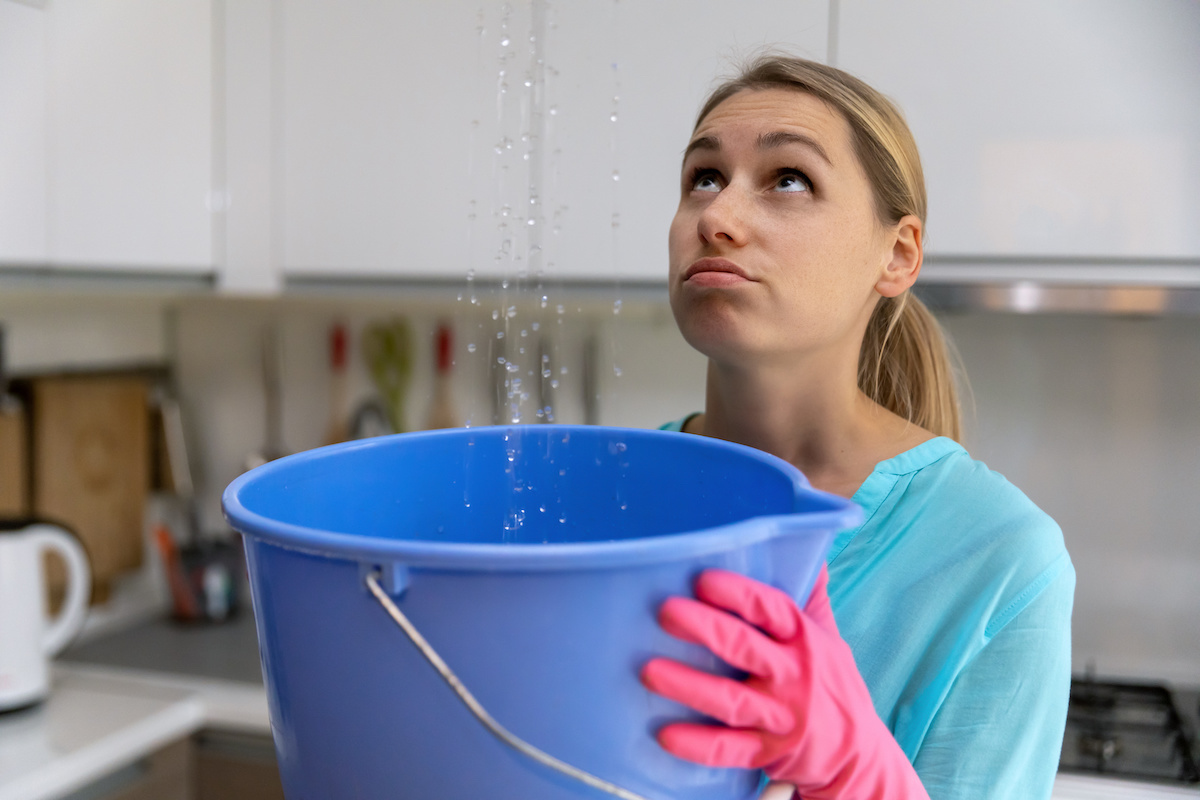The Residential Common Typical Factors of Leakage: In-Depth Analysis
The Residential Common Typical Factors of Leakage: In-Depth Analysis
Blog Article
Were you searching for help and advice around How Fast Water Damage Can Ruin Your Home?

Leakages not only create waste of water however can additionally create unneeded damages to your residence and also promote unwanted natural growth. By looking and also understanding for everyday scenarios that trigger leaks, you can secure your home from future leakages as well as unneeded damage.
Instant temperature adjustments.
Severe temperature level modifications in our pipelines can cause them to broaden as well as acquire unexpectedly. This expansion and contraction may cause fractures in the pipelines, particularly if the temperature level are listed below freezing.
Corroded water supply
This might be the reason of discoloration or bending on your water pipelines. If our plumbing system is old, take into consideration replacing the pipes since they are at a greater danger of corrosion than the newer models.
Faulty Pipe Joints
Pipeline joints can degrade over time, resulting in water leakages. If you have noisy pipelines that make ticking or banging noises, specifically when the warm water is turned on, your pipeline joints are probably under a whole lot of pressure.
Encroaching origins
A lot of water leakages begin outside the residence instead than inside it. You could discover damp spots or sinkholes in your yard, as well as that could mean that tree origins are attacking water lines triggering water to permeate out.
Poor Water Connectors
Sometimes, a leak can be brought on by loose tubes and pipelines that provide your home appliances. Generally, moving is what causes the loosened water Links. You might discover when it comes to a washing machine, a hose pipe might spring a leakage due to trembling during the spin cycle. In case of a water connections leakage, you may discover water running directly from the supply line or puddles around your appliances.
Obstructed Drains
Obstructed drains could be annoying as well as inconveniencing, but they can sometimes end up causing an overflow causing break pipelines. Maintain getting rid of any products that might drop your drains that can obstruct them to prevent such inconveniences.
All the above are root causes of leaks however not all water leakages result from plumbing leaks; some leakages may originate from roof covering leaks. All leaks ought to be repaired immediately to avoid water damages.
Leakages not just cause waste of water but can likewise cause unneeded damages to your home and promote unwanted natural growth. By looking and comprehending for day-to-day scenarios that create leakages, you can safeguard your home from future leaks and unneeded damages. Today, we will certainly look at 6 leak causes that might be creating your pipelines to drip.
At times, a leak can be created by loose hoses as well as pipes that provide your devices. In case of a water links leak, you may see water running directly from the supply line or puddles around your devices.
TYPES OF WATER LEAKS YOU SHOULD BE FAMILIAR WITH
Shower Fixture Water Leaks
If you notice a water leak near your shower fixture, perform an inspection to confirm if you are able to find broken caulk lines. As your shower fixture becomes older, it is not uncommon for water to leak onto the other side of the frame. To fix this type of plumbing leak, scrape off the old caulk and run a new bead of it around the shower fixture to seal up any fractured crevices and holes.
Bathtub Drainage Water leaks
To fix this type of leak in a bathtub, remove the drain flange and clean it. Next, you should also remove the rubber gasket located beneath the tub’s drain hole. Buy a replacement gasket that matches the old version and install it in the same location. Once the drain flange and rubber gasket are installed, apply a small amount of silicone caulk to the drain to prevent water leakage below your tub.
Water Pipe Leaks Behind Walls
Issues such as discolored grout and loose shower tiles may be caused by a water pipe leak behind the walls in your bathroom. To fix this plumbing leak, you will be required to remove the tiles, grout, or caulk in your shower. Once the tiles in your shower have been removed, perform an inspection of the drywall to confirm if it’s moist or wet. If you notice water marks or mold on the wall, this is an indicator of a water pipe leak.
Toilet Leaks
Nobody likes a toilet leak. It can cause water damage to the subfloor, joists, or even the ceiling in the room below. To combat this type of water leak, you will need to reinstall your toilet with a brand new ring of wax. If the toilet sits uneven, be sure to add toilet shims to correct the issue. Do you notice a broken bolt slot or flange? We recommend performing a new metal flange installation to remediate this issue.
Sink Water Leaks
To prevent damage to the beautiful counter tops in your kitchen or bathroom, tighten the base of your sink to prevent a water leak. Next, scrape away any old caulk around the sink and apply a fresh coat. Prior to using the kitchen or bathroom sink, you will need to secure the fixture to the countertop with the clips located beneath the sink rim to prevent a water leak.
https://www.fenwickhomeservices.com/blog/6-types-of-water-leaks-you-should-be-familiar-with/

As a fervent person who reads about How Fast Water Damage Can Ruin Your Home, I imagined sharing that section was essential. For those who liked our blog post please don't forget to pass it around. Thanks for going through it.
Request expert assessment. Report this page